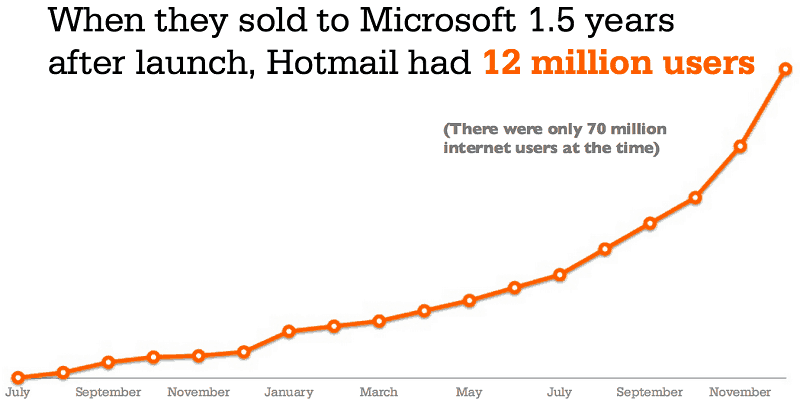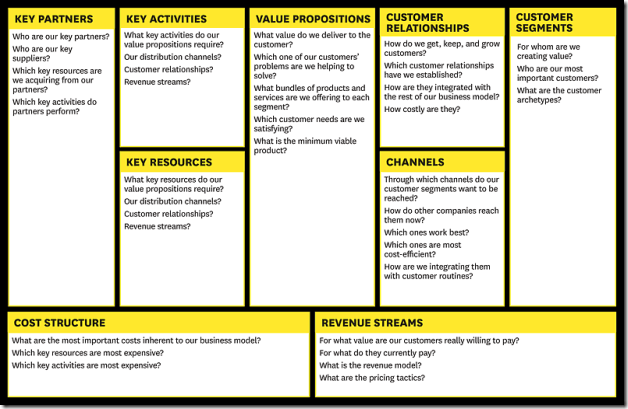To many entrepreneurs and businesses, ‘growth hacking’ may be a mystery wrapped in an enigma. And even more of them may be hearing the term ‘lean startup’ for the first time.
If that’s you, read on, because these are game changing concepts that are leading businesses to incredible growth by changing everything about startups and product development.
In this post, we’ll just scratch the surface of these exciting ideas and see how the two relate to exponential business growth, and to each other.
So, What is Growth Hacking?
It might seem like a trending hipster term but it can be very useful.
In part, it can be described as a kind of marketing, though there’s more to marketing than growth hacking.
In marketing you:
- Research the market, identify a need, and come up with a targeted offer that satisfies that need
- Select the ways (or channels) to communicate the offer, attract people, and sell it most profitably
Growth hacking focuses on the second part.
A growth hacker identifies the best channels for communication and customer acquisition in order to seriously boost sales and profits. But this is what a conventional marketer does too, so what’s the difference?
A conventional marketer depends on subjective methods, such as planning and his/her gut feeling to run marketing campaigns, hoping to attract potential customers to the top of sales funnel.
A growth hacker leverages business intelligence or analytics technology to analyse the sales funnels and find the openings for rapid business expansion. In particular, growth hackers exploit digital and social media to make the product go viral – often their solution can be a simple tweak or change.
There are no right and wrong ways to growth hack, just successful and unsuccessful growth hacks. Instagram growth hacking can work very well for some startups and Twitter can work as a great platform for others.
But much before that, a growth hacker helps create the perfect product in order to achieve the growth..
What Comes Before Growth Hacking
Marketing today is driven not by advertising, but by product. Word-of-mouth spreads fast on social media, and with the strong demand for quality design, a poor product simply can’t be growth-hacked.
One of the favorite examples growth hackers love to quote is Hotmail, how it grew the subscriptions to 1 million users within 6 months by using the simplest growth hack ever. It was the tagline,
‘PS: We love you! Get your free email at Hotmail,’ which they added at the end of every outgoing email, and saw their growth curve transform into a hockey stick.

Hotmail’s growth curve: (Source: SmartInsights)
However, think about it for a second. Would the results be the same if Hotmail had a poor product?
What would happen if the link to the subscription page didn’t work, or if the servers were jammed, or the interface had a poor design? In all likelihood, they would lose their existing subscribers instead of acquiring new ones.
The same is true for PayPal, GroupOn, Dropbox, Air BnB, and other widely quoted growth hacking examples.
Before they achieved their historical triple-digit growths, they had a product or a solution that a large number of people really liked and wanted.
So, here’s your first step to growth hacking: STOP! Revaluate your product or service and improve.
If you’re trying to sell a poor product, stop and put onus on improving it. Even if you have a titanic advertising budget, you’ll be sinking it without hacking any significant growth. As Dave McClure puts it in his presentation:
Do not try to do a viral marketing campaign until your product doesn’t suck, because, what will happen is people will tell other people that your product sucks, so don’t do that.
But how do I know if I have a great product?
The answer is that you can never know, until you ask your customers.
You might think it’s great but your opinion here doesn’t matter.
Lean Startup Vs Conventional Startup
This is why the lean startup movement has been gathering momentum in the recent years. It is a methodology for developing businesses and products first proposed by Eric Ries in 2008.
In the traditional startup, you conceive a product, write a business plan, raise the capital, recruit a team, and start selling like hell. Basically, what you’re doing is building castles in the air.
You have no way of knowing that a large enough market does care about your product. And while you have put down your acquisition and sales targets in your business plan, you have little idea about how to achieve them.
The typical startup begins with a business plan, which is developed after months of research and number crunching, all the while sitting in isolation at a desk.
It’s virtually a work of fiction that describes the opportunity or the need, the market size, the product and how it fulfils that need, and includes a projection of sales revenues, income, and cash flow for the next 5 years.
The product development also progresses in isolation, or even secrecy. A considerable (read fatal) amount of investment has already been made by the time the product sees the daylight, and the entrepreneur realises people don’t want or like the way it is designed.
Unsurprisingly, then, 75% of all startups fail! The daydreamed business plan evaporates as soon as it enters the real world. As Mike Tyson once put it, “everybody has a plan until they get punched in the mouth.”
What is Lean Startup
A lean startup is the antithesis of this decade old formula. It involves experimentation, customer feedback, and adaptive design, as opposed to baseless planning, gut feeling, and the design-first mantra.
In a way, a lean startup is a staunch implementation of the basic marketing concepts, right down to where marketing should actually start—the end customer. ‘Build it and they will come’ has never worked.
Instead of the business plan, a lean start-up entrepreneur/growth hacker develops a set of hypotheses.
Then, he/she extensively tests those hypotheses by going out into the market and asking questions from his potential customers, distributors, and opinion leaders.
These questions concern the features, pricing, distribution, and acquisition channels.

The business model canvas for lean startup (Source: HBR)
The research, called customer development, is carried out in tandem with product development.
The lean startup methodology professes agile development, in which the founders quickly gather resources to develop the product up to a minimum level for testing.
Further development is made iteratively and incrementally, based on the customer responses. The emphasis is on quick turnaround and retesting. The goal is to create value in every aspect of the offer.
As a result of agile development, the costly errors and delays of conventional product development are eliminated, and virality is built into the product’s design. In the words of Seth Godin,
Virality isn’t something you do to a product, it’s something a product is.
Conclusion
In order to be hacked into a jaw-dropping growth, your product must give the user their ‘aha moment,’ compelling them to go ahead and share their experienced through their Facebook, Whatsapp, Twitter, or other social networks.
For serious growth, your referrals and repeat customers have to keep growing at an increasing rate.
Only great design will ensure that. And to develop a great design, you have to do a lean start up.






